In a summer time, have you seen people who have round marks on their backs? Did you know these are from cupping therapy…but do you know about cupping therapy?
History of cupping
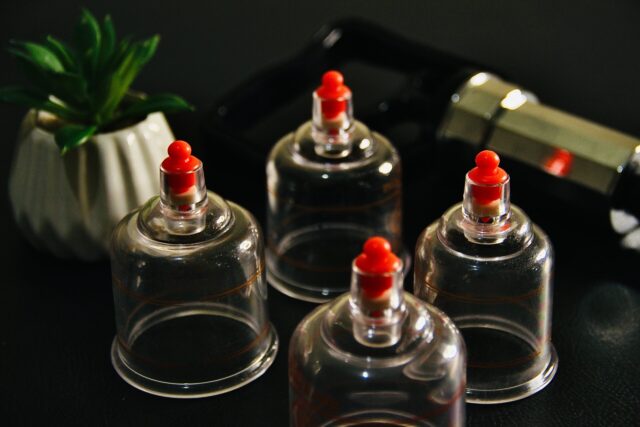
Major influences of cupping came from China, Egypt, Greece and North America.
China
- Used in the imperial courts of China by high ranking personnel
- Earlient records date back 3000 years!
- Ge Hong, born in 283 AD, was a medical herbalist and also known as a healer described the use of cupping in his book. At that time, they used animal horns (aka horn technique), by using their lips to creat the suction.
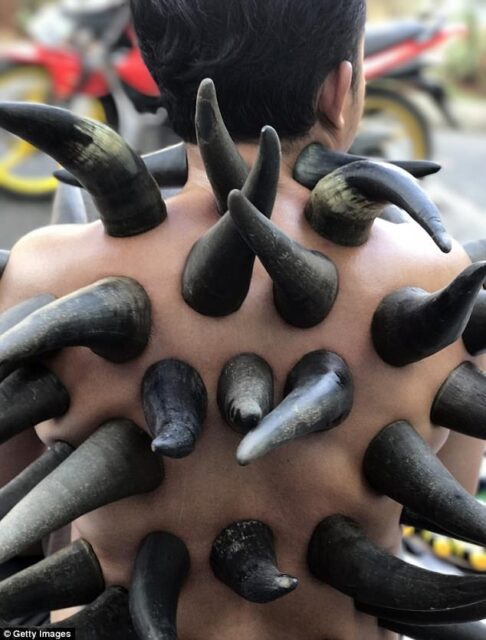
(https://www.dailymail.co.uk/health/article-4921142/Indonesian-healers-using-buffalo-horns-cupping-therapy.html)
Traditional Chinese Medicine (TCM) believes that body consists of pathways called meridians that “Qi” which flows through the body brings the energy of life.
This idea believes that when “Qi” is opened, the energy is able to flow freely throughtout whole body, organs and tissues.
From China, this technique spread to other east asian counties and then worldwide.
Egypt
In Egypt cupping was already used 3500 years ago. In Egypt, it was believed that cupping can heal almost any illness as it was belived to remove foreign substances from the body.
After while, it was introduced to another Arabic contries where they called cupping therapy as “Hijama”.
Greece
Cupping was introduced to ancient Greece from Egypt.
The Greek physician, Hippocrates referred as the “father of modern medicine” and Greek physician, Galen were well-known advocates of cupping therapy.
In 413BC, the “father of history”, Herodotus quoted…
“Sacrification with cupping possesses the power evacuating offending matter from the head; of diminishing pain of the same part; of lessening inflammation; of restoring the appetit; of strengthening a weak stomach; of removing vertigo and a tendency to faint; of drawing deep-seated offending matter towards the surface; of drying up fluxions; checking hemorrhages; promoting menstrual evacuations; arresting the tendency to putrefaction in fevers; allaying rigors; accelerating and moderating the crisis of disease; removing a propensity to somnolence; conciliating natural response; removing heaviness. these, and many analogous maladies, are relived by the judicious application of the cups, dry or bloody.”
North Ameria
In North America, native North Americans used cupping therapy to heal their illness. They used buffalo horns, bones or seashells and they used also their mouths to creat suction.
Types

(http://www.orientalacupuncture.ca/p/cupping-faqs.html)
As I mentioned above, there are several types of cupping.
- Animal horns (historical)
- Clay pottery (historical)
- Bamboo
- Glass
- Silicone
- Plastic
Cupping has a long long history. During the development, they found out a lot of variations such as;
- Dry cupping
Dry cupping is the method which used most often. Practitioners use plastic, glass or silicone cups.
- Massage cupping
Similar to Dry cupping but with massage cupping, practitioners use plastic, glass or silicone cups to gliding on muscles.
- Wet cupping

(https://www.we-cup.com/types-of-cupping/wet-cupping.htm)
In Arabian countries, it is popular to do Hijama, which means “drawing out”. It is also known as wet cupping. Wet cupping usually makes incision, and blood is drawn from the suctioned area. It is believed to release toxins, increase circulation, speed up recovery time from sickness, stimulate immune system etc.
- Fire cupping
It is practiced within TCM (Traditional Chinese Medicine).
It is believed to treat illness and imbalance of “Qi” (energy)
Also it is believed to loosen muscle, encourage circulation and decrease pain.
Practitioners use a cotton ball which is soaked in an alcohol solution and placed inside a cup. Then, they remove and immediately placed on the skin. The remaining heat creates a vacuum effect and draws the soft tissue into the cup.
- Needle cupping (aka. Acupuncure Cupping)
This is also used within TCM.
Acupuncture needles are inserted into the cups and is believed that they promote the flow of “Qi” (life energy), follwed by a heated cup placed over top of it. Also sometimes combined with heat therapy.
Benefits

(https://www.menshealth.com/health/a19519212/what-is-cupping-therapy/)
Cupping therapy can be effective to:
- Increases circulation
- Encourages tissues to release toxins
- Reduce tension or tightness of muscles
- Reduces anxiety and depression
- Reduces migraines
- Reduces varicose veins
- and more…
For athletes, cupping may help to increase blood circulation to a particular muscle or to help reduce pain. A lot of athletes from the Olympics use cupping. This was easily seen by circular markings on some of the U.S. swim team members at Rio Olympic in 2016.

(https://www.dailymail.co.uk/tvshowbiz/article-3145190/Justin-Bieber-follows-likes-clean-living-stars-Gwyneth-Paltrow-Jennifer-Aniston-cupping-therapy-sports-large-yellow-bruises-tattooed-torso.html)
Not only athletes but also many celebrities have these marks on their bodies.
この投稿をInstagramで見る
From athletes to celebrities, cupping therapy is so loved because of the benefits above. However, not just for the athletes, cupping therapy is beneficial to anyone who are experiencing muscle tension or tightness.
Treatment

Dry cupping is the most popular method. With Dry cupping, the cups are kept in place for between 5 and 10 minutes.
Practitioners can combine with 30-60 minutes swedish massage, or stretch techniques which help more to drain the toxin.
At anytime, if you feel any discomfort or pain, you must let your practitioners know.
After the treatment, you should…
- Drink a lot of water, because water helps flush your lymphatic system of the cellular waste that cupping helps to release from your tissues
- Try to cover the areas where you received cupping to stay warm
- You may feel more tired or dizzy, you may also feel headache or body aches, such are temporary reaction by your immune system to the cellular waste that cupping helps to release, so take enough rest.
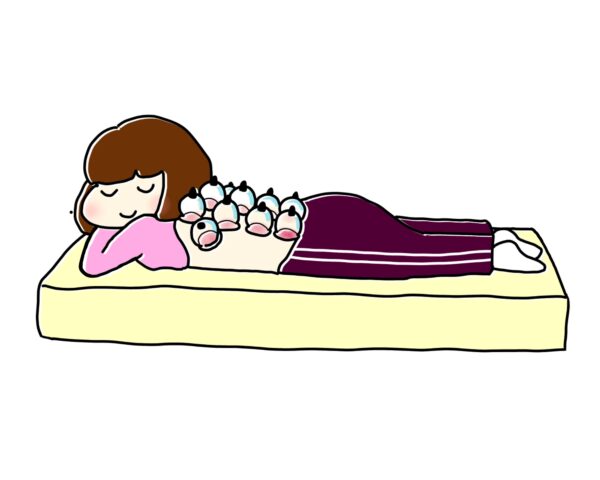
~Dring a lot and Rest!~
Side Effects
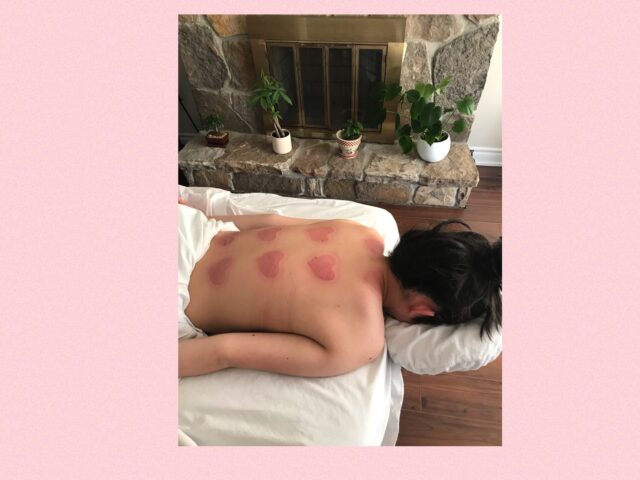
You will see marks or discoloration from cupping. It will usually go away within 7 days from the treatment you had.

(http://www.orientalacupuncture.ca/p/cupping-faqs.html)
You may feel dizzy after cupping treatment. You should avoid to do any intense sports right after the treatment and it is recomended to drink planty of water.
After 4-6 hours of the cupping treatment, you should avoid…
- To take caffeine, alcohol, sugar, dairy, and processed meats.
- Hot showers, saunas, or hot tubs
- Intense exercise
- Cold and windy conditions
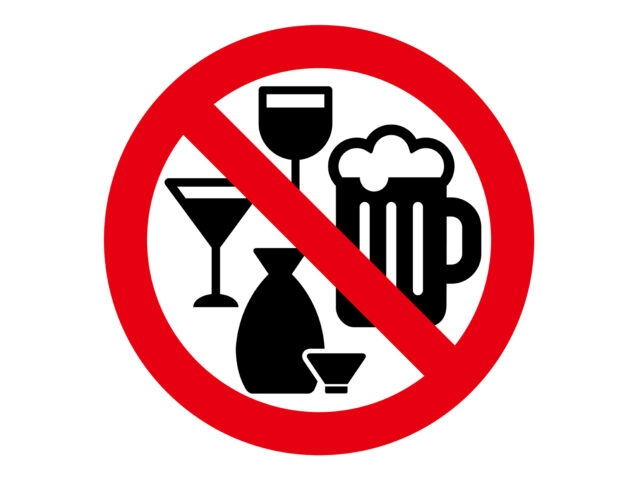
Is cupping good for everyone?

Unfortunately, cupping therapy is NO GO for people who are
- taking blood-thinner medication
and who have
- sunburns
- open wounds
- skin ulcers
- recent injuries
- internal organ disorder
- thinning skin
- cardiac arrest in the last 6 months
- kidney and liver dysfunction
If you are not sure about your condition, you should visit your doctor to ask first if cupping therapy is apropriate for you.
Sum up…
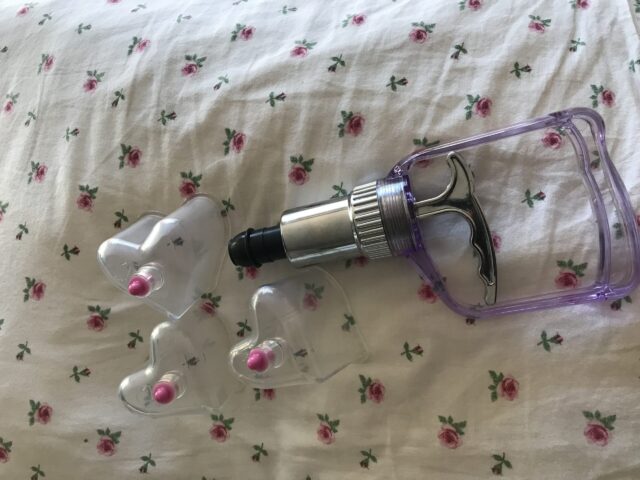
Most experts agree that cupping is safe. Cupping therapy has long history and still be loved by many people.
If you do not mind having skin discoloration for few weeks, and if you do not have any contraindications, cupping may help to improve your condition. Conditions and consequences are varied by indivisual and you should contact with your doctor if you have any concerns about cupping therapy.
Cupping has a long history, however, there are not many research about this therapy, so we will have to wait for the results of high-quality studies to know.
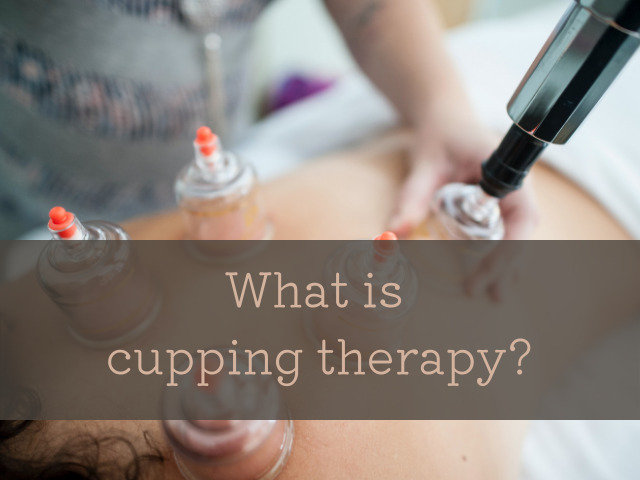

コメント